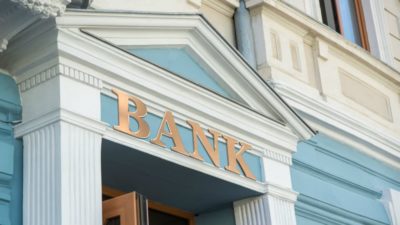Even as the Canada Emergency Response Benefit (CERB) program ends, there are many Canadians who are still in need of government assistance due to changes in employment stemming from the pandemic.
Fortunately, the government has made changes to the Employment Insurance Act to make it easier for Canadians to qualify for Employment Insurance (EI) benefits.
In addition, there are several new programs that are retroactive to September 27. One of these programs is the Canada Recovery Benefit (CRB).
The CRB provides income support to employed and self-employed individuals who are directly affected by COVID-19 and are not entitled to EI benefits.
Canada Recovery Benefit (CRB)
The CRB provides $500 per week for a maximum of 26 weeks. Applications open on October 12 and are available through the CRA website.
The eligibility requirements for the CRB are similar to the CERB. To qualify, you must meet the following criteria:
- You must reside in Canada.
- You did not quit your job voluntarily.
- You are not receiving EI, workers’ compensation, short-term disability, or the Québec Parental Insurance Plan (QPIP).
- You are not receiving income from the Canada Recovery Caregiving Benefit (CRCB) or the Canada Recovery Sickness Benefit (CRSB) during the particular two-week period.
- You have a valid SIN and are at least 15 years old.
- You had employment and/or self-employment income of at least $5,000 in 2019 or 2020.
- You have stopped working due to the COVID-19 pandemic or have seen your income drop by at least 50% for the subject two-week period.
- You are available and looking for work.
CRB runs through September 2021
The new program is expected to be in place for one year, from September 27, 2020 to September 25, 2021. Applications are made through the CRA for specific two-week periods at a time. All applications must be made within 60 days after the end of the two-week period for which you are applying.
Unlike the CERB, income tax of 10% will be withheld from CRB payments. If your income exceeds $38,000 for 2020 or 2021, you will be required to repay an amount equal to 50 cents per dollar of income earned in that year above $38,000 — up to the total amount of the CRB received in the given year.
Investment opportunities
One way to maximize your CRA cash payments is to invest in high-quality, dividend-paying stocks.
Consider a stock like Toronto-Dominion Bank (TSX:TD)(NYSE:TD).
The market sell-off in March sent shares of TD tumbling from the mid $70s to less than $50. The stock has bounced back from the March lows to $63.41, as of this writing. The current dividend yield is 4.99%. TD has been consistently paying a dividend to investors since 1857!
TD has also been a great investment over the past two decades. A $10,000 investment in TD 25 years ago would now be worth approximately $244,000, with the dividends reinvested. By reinvesting dividends, you delay taking the income and add more shares to your investment. Over time, this dividend reinvestment can turn even small initial investments into consistent income generators.









